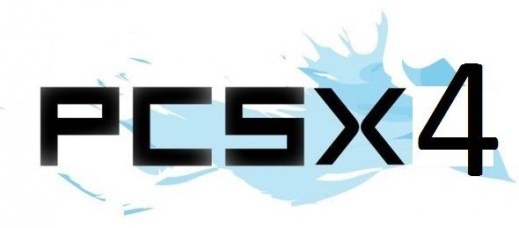
You'll need:įor starters, extract PCSX2 in a folder and then extract the 64-bit dxvk: d3d11.dll and dxgi.dll OR Reshade: "reshade64.dll rename-> dxgi.dll" files next to the main executable.
 ↑ GPU-intensive games (PCSX2 wiki), GPU-intensive games (PCSX2 forum thread)ĭespite Windows 7 and 8.1 NOT being officially supported, 1.7-dev builds of PCSX2 can work with a few workarounds. ↑ Games that don-t need a strong CPU to emulate for weak processors. ↑ CPU-intensive games (PCSX2 wiki), CPU-intensive games (PCSX2 forum thread) and Software rendering only (PCSX2 wiki).
↑ GPU-intensive games (PCSX2 wiki), GPU-intensive games (PCSX2 forum thread)ĭespite Windows 7 and 8.1 NOT being officially supported, 1.7-dev builds of PCSX2 can work with a few workarounds. ↑ Games that don-t need a strong CPU to emulate for weak processors. ↑ CPU-intensive games (PCSX2 wiki), CPU-intensive games (PCSX2 forum thread) and Software rendering only (PCSX2 wiki).  GPU: Support Direct3D12, OpenGL 4.6, Vulkan 1.3 or Metal, 4 GB Video Memory, PassMark G3D Mark rating around 6000 (GeForce GTX 1650 or Radeon RX 570). CPU: Supports AVX2 instruction, four physical cores with or without hyperthreading, PassMark Single Thread Performance rating near or greater than 2600 (Intel Core i3-10100 or Ryzen 3 3300X). OS: Windows 10 21H2 or newer (64-bit), Ubuntu 22.04/Debian or newer, Arch Linux, or other distro (64-bit), macOS 10.13. GPU: Support Direct3D10, OpenGL 3.x, Vulkan 1.1 or Metal, 2 GB Video Memory, PassMark G3D Mark rating around 3000 (GeForce GTX 750, Radeon RX 560 or Intel Arc A380). CPU: Supports SSE4.1 instruction, two physical cores with hyperthreading, PassMark Single Thread Performance rating near or greater than 1800 (Intel Core i3-3240 or Athlon 200GE). OS: Windor newer (64-bit), Ubuntu 20.04/Debian or newer, Arch Linux, or other distro (64-bit), macOS 10.13.
GPU: Support Direct3D12, OpenGL 4.6, Vulkan 1.3 or Metal, 4 GB Video Memory, PassMark G3D Mark rating around 6000 (GeForce GTX 1650 or Radeon RX 570). CPU: Supports AVX2 instruction, four physical cores with or without hyperthreading, PassMark Single Thread Performance rating near or greater than 2600 (Intel Core i3-10100 or Ryzen 3 3300X). OS: Windows 10 21H2 or newer (64-bit), Ubuntu 22.04/Debian or newer, Arch Linux, or other distro (64-bit), macOS 10.13. GPU: Support Direct3D10, OpenGL 3.x, Vulkan 1.1 or Metal, 2 GB Video Memory, PassMark G3D Mark rating around 3000 (GeForce GTX 750, Radeon RX 560 or Intel Arc A380). CPU: Supports SSE4.1 instruction, two physical cores with hyperthreading, PassMark Single Thread Performance rating near or greater than 1800 (Intel Core i3-3240 or Athlon 200GE). OS: Windor newer (64-bit), Ubuntu 20.04/Debian or newer, Arch Linux, or other distro (64-bit), macOS 10.13. 
You should use the nightly/dev builds instead unless they contain regressions. Note that the stable builds are severely outdated.
5.6 Extreme fluctuation in emulation speed.







 0 kommentar(er)
0 kommentar(er)
